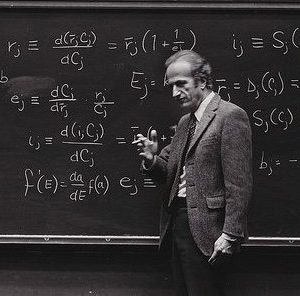- About
- Network
- Research Initiatives
- Big Data Initiative
- Chicago Experiments Initiative
- Health Economics Initiative
- Industrial Organization Initiative
- International Economics and Economic Geography Initiative
- Macroeconomic Research Initiative
- Political Economics Initiative
- Price Theory Initiative
- Public Economics Initiative
- Ronzetti Initiative for the Study of Labor Markets
- Socioeconomic Inequalities Initiative
- Research Initiatives
- Scholars
- Research
- The Law and Economics of Lawyers: Evidence from the Revolving Door in China’s Judicial SystemJohn Zhuang Liu, Wenwei Peng, Shaoda Wang, and Daniel XuThe Invention of Corporate GovernanceYueran Ma and Andrei ShleiferOption Value Neglect: Evidence from Centralized College AdmissionAo Wang, Shaoda Wang, and Xiaoyang Ye
- Insights
Videos
BFI Youtube Channel
- Events
Upcoming Events
- News










